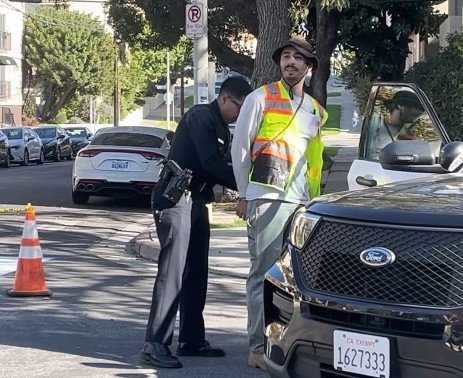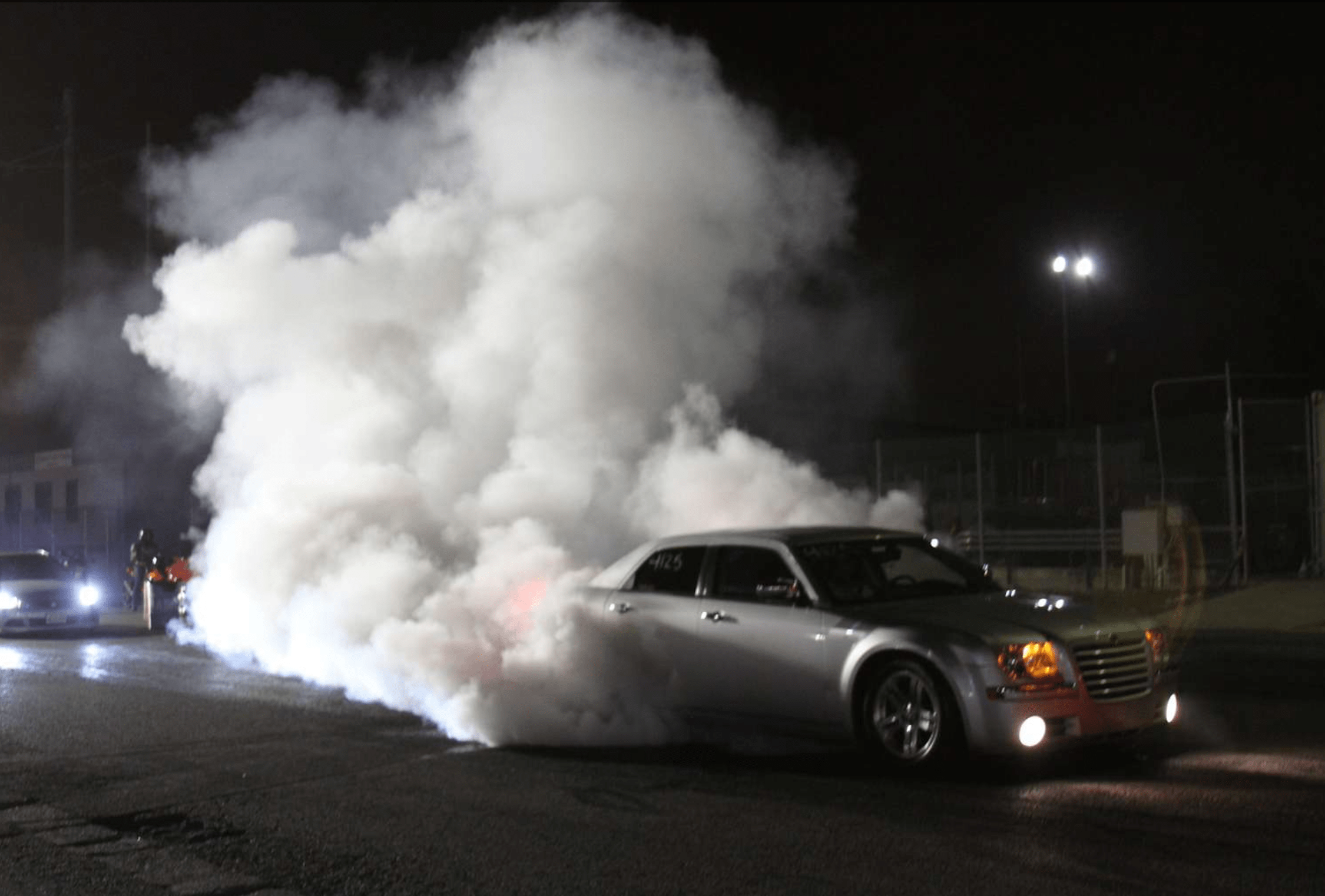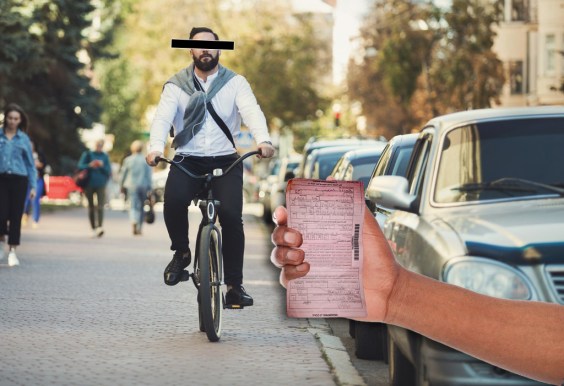The House's $75 billion jobs bill was intended as a holiday gift to out-of-work voters, but transportation reformers were less than thrilled with lawmakers' decision to mimic the first stimulus law's use of outmoded funding formulas to send three times as much money to roads as to transit.
 Hartford's Union Station, above, is in line for a viaduct reconstruction if Connecticut wins federal high-speed rail aid. (Photo: AZooNY.com)
Hartford's Union Station, above, is in line for a viaduct reconstruction if Connecticut wins federal high-speed rail aid. (Photo: AZooNY.com)In an op-ed for the Hartford Courant yesterday, Congress for the New Urbanism president John Norquist gave voice to those recent misgivings from sustainable transport advocates. Norquist wrote:
When it comes to the largest spending item in the bill — $27.5 billion in highway spending — Main Street is missing.
The $27.5 billion isn't targeted to rebuild streets at the heart ofolder cities and towns, the cherished settings for Memorial Day paradesand holiday light displays. No, the money will primarily go to projectsthat government knows best —the expansion of wide, motor-vehicle-onlyhighways that go hand-in-hand with energy-wasting sprawl.
Norquist cited the value of retrofitting "small towns like Guilford, older suburbs like West Hartford, or bigger cities like New Haven" to accommodate mixed-use development as an alternative to traditional, road-centric stimulus spending.
And he's undeniably correct on the big picture -- that economic recovery money can best be allocated by a federal government nimble and innovative enough to recognize how transportation intersects with housing, health care, energy, and even tax policy. But is the existing system equipped to do that? Let's do a quick year-end review:
- Legislation authorizing $4 billion in transit-oriented development grants and formally creating the Obama administration's inter-agency Sustainable Communities office has yet to move forward.
- The House's six-year federal transportation bill, which would only begin the arduous process of leveling the playing field between road projects and multi-modal plans that include transit and land use, remains in limbo two months after it was once expected to pass.
- Cities both big and small have been left in the cold by the economic recovery push, thanks to lawmakers' decision to direct funding through state capitals where budget-balancing and parochialism often took precedence over urban-area priorities.
- The first stimulus law's $8 billion pot of money for high-speed rail could well amount to little more than a drop in the bucket for the Connecticut communities Norquist noted in his column. Today's Courant reported that the state is moving away from its initial $880 million rail proposal to a more moderate request of less than $100 million, focused mainly on Amtrak track upgrades.
And the prospects of progress in 2010 may be slim, especially if red-state Senate Democrats succeed in postponing climate change debate and the next six-year transport bill continues to languish.
So as reasonable as Norquist's critique may be, it's worth asking first whether Washington is prepared to embark on the environmentally friendly, fiscally responsible, long-term rebuilding effort he proposes. The answer, unfortunately, is not yet.





